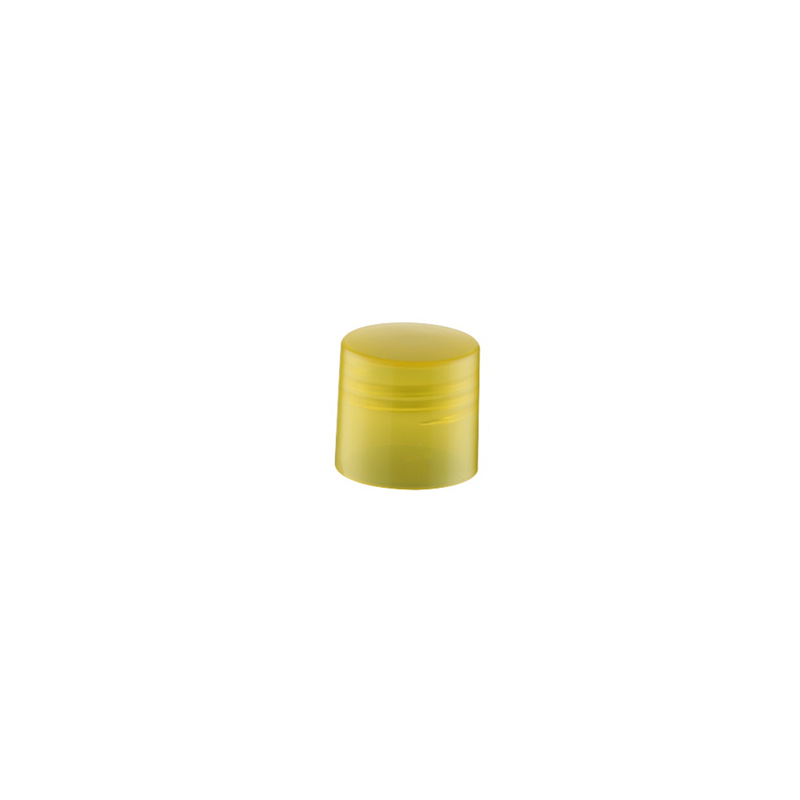Knowledge introduction of Plastic Caps & Closures!
Update:Apr 10,2023
Summary:Plastic caps & closures are one of the most versatile and popular packaging materials for a variety of industries. They are commonly used in the f...
Plastic caps & closures are one of the most versatile and popular packaging materials for a variety of industries. They are commonly used in the food, beverage, pharmaceutical, and cosmetics industries for packaging a range of products, including containers, bottles, tubes, and jars.
Caps are also available in an extensive selection of styles, shapes and colors. From child-resistant to tapered and threaded, caps can be found on anything from soda bottles to shipping containers to chemical storage and medical supplies.
There are many different kinds of plastics that manufacturers use to make their caps, but most of them have one thing in common: they're lightweight, durable, and recyclable. Some of the most common plastics for caps are high-density polyethylene (HDPE) and polypropylene (PP).
Regardless of the material, plastics are a highly-versatile material that can be molded into almost any shape and design, making them an ideal choice for a wide range of applications. This versatility also means that many industries – including furniture, chemicals, medical, and electronic supplies – utilize a wide range of different types of caps.
Injection molding is the most common method of manufacturing bottle caps. This process involves mixing plastic ingredients together, heating them up, and then pushing them into a mold cavity. Once the cap is molded, it will harden into its final form. This type of plastic molding can be extremely cost-effective for large production runs. In addition, it offers high repeatability, which can help you achieve tight tolerances and produce consistent parts.

Caps are also available in an extensive selection of styles, shapes and colors. From child-resistant to tapered and threaded, caps can be found on anything from soda bottles to shipping containers to chemical storage and medical supplies.
There are many different kinds of plastics that manufacturers use to make their caps, but most of them have one thing in common: they're lightweight, durable, and recyclable. Some of the most common plastics for caps are high-density polyethylene (HDPE) and polypropylene (PP).
Regardless of the material, plastics are a highly-versatile material that can be molded into almost any shape and design, making them an ideal choice for a wide range of applications. This versatility also means that many industries – including furniture, chemicals, medical, and electronic supplies – utilize a wide range of different types of caps.
Injection molding is the most common method of manufacturing bottle caps. This process involves mixing plastic ingredients together, heating them up, and then pushing them into a mold cavity. Once the cap is molded, it will harden into its final form. This type of plastic molding can be extremely cost-effective for large production runs. In addition, it offers high repeatability, which can help you achieve tight tolerances and produce consistent parts.

PREV:Do you know the knowledge of Left-Right Lock Lotion Pump?
NEXT:What are some knowledge points about Mini Trigger Sprayer?
NEXT:What are some knowledge points about Mini Trigger Sprayer?

 English
English Español
Español










